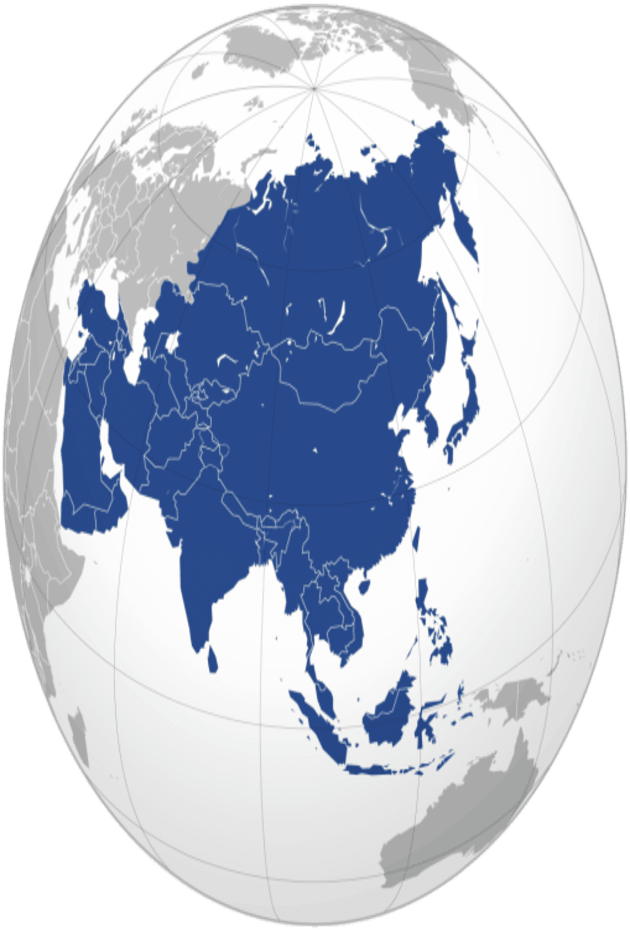PE sentiment across Asian import markets has been weak over the past few weeks,
mostly weighed down by persistently sluggish demand and the recent increase in availability.
Although soaring freight rates and high energy values have still underpinned the cost aspect, a stable-to-lower trend has been dominating the markets recently, particularly when local markets in China have already surrendered to the downturn.
Import LDPE on hiatus for 2-3 weeks
Following two months of bullishness, LDPE markets have stayed at a standstill for the past two to three weeks. This was no surprise, as players have questioned the sustainability of a further uptrend in import prices considering a supply expansion after the turnaround season and a lack of support from the demand front amid the off-season. Plus, local LDPE film prices declined from around two-year high last week in China.
Import LDPE prices in China and Southeast Asia have remained at their almost two-year highs, to be assessed stable from the previous week at $1140-1220/ton and $1240-1320/ton, respectively, both on a CIF, cash basis. Whether the import market will be able to hold steady for the remainder of this week is yet to be seen.
HD, LL post renewed losses, closely chasing each other
In China, the overall import price ranges were assessed stable to $30/ton lower at $950-1050/ton for HDPE film and stable to $10/ton lower at $960-1050/ton for LLDPE film in a weekly comparison, both on a CIF China, cash basis.
This indicated a further weakness in HDPE film among the three main PE film grades. Meanwhile, HDPE film was carrying a small discount of $5/ton against LLDPE film, according to Chemorbis Price Index data. The last time that the latter traded above the former was in early March 2023.
The data also shows the same pattern in Southeast Asia during the second half of June, while the past two weeks have seen HDPE and LLDPE film’s weekly average prices trading at par. As for the latest assessment, the import prices for both grades from all origins were stable to $10/ton lower at $1010-1070/ton on a CIF SEA, cash.
Asian-PE
Q3 comes with supply increase on plant restarts
According to market participants, the restart of several plants in the Middle East and Asia has led to an expansion of import PE availability.
LDPE film supply has reportedly remained shorter than the other two main PE film grades, but tightness has eased. For HDPE, the oversupply issue has heightened with the end of the turnaround season, whereas a supply surplus in LLDPE has relatively exerted less bearish pressure in relation to the former’s situation.
“Although there is an expectation of reduced LDPE production in the long run, it is anticipated that spot prices may have room to fall in the near term,” commented a Chinese trader. A major trader based in Singapore said, “Offers of both HDPE and LLDPE have ticked lower, although LDPE prices have stayed mostly flat this week. Several major plants have restarted from maintenance turnarounds, resulting in growing regional supplies.”
Off-season keeps depressing demand
The demand from downstream buyers has dimmed further due to the ongoing low season for polymers, diminishing transactions in the import market. “Market fundamentals remained weak, with reduced demand and expanding supplies threatening the market’s equilibrium,” opined another Chinese trader.
Besides, reduced rates at downstream factories due to weak economies and buyers’ anticipations of further downswings also dampened buying interest in PE polymers. Buyers kept staying sidelined, maintaining minimum purchases since they preferred low inventories in the off-season, according to market sources.
“The economic growth in Southeast Asia has been slow, and this has impacted the demand and consumption of polymer-based consumer goods. Converters remain hopeful of a price correction in August, given the weak demand and growing supplies,” the Singapore-based trader added.
Firm costs still give sellers a hand
Global container freight rates have still come to the fore, primarily underpinning import PE markets. “As they have tripled over the past few months, shipping costs remain at sky-high levels,” commented a source from a South Korean producer.
In the meantime, Brent crude futures have remained above the $85/bbl mark, despite a weekly decrease of slightly more than 2%. The strength of the energy market also provided producers with the leverage to limit potential downward adjustments.
A source from a Chinese producer also pointed to the high costs, saying: “Although we expect prices to be depressed to some extent, supported by the feedstock costs, there will not be a free fall.”









